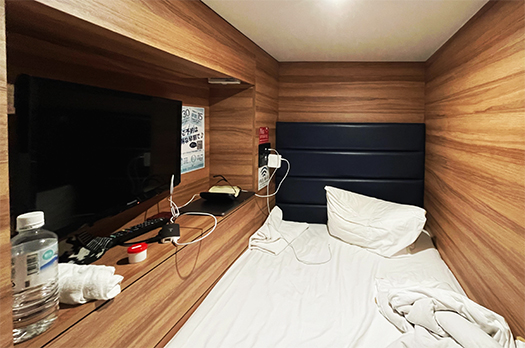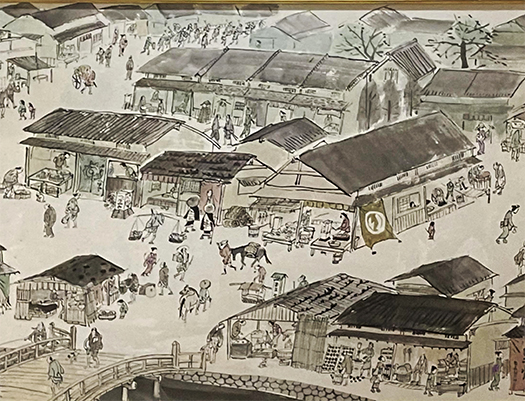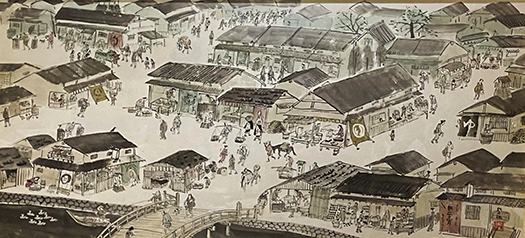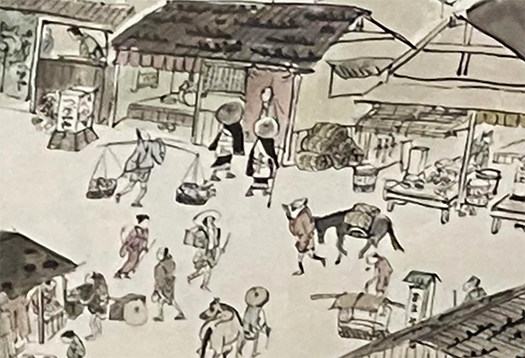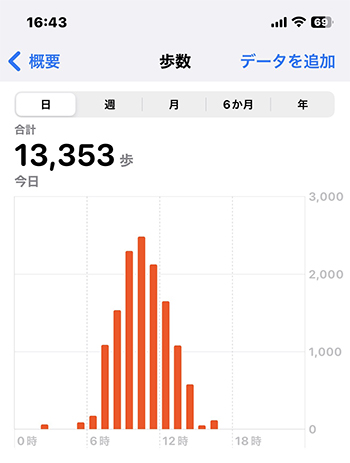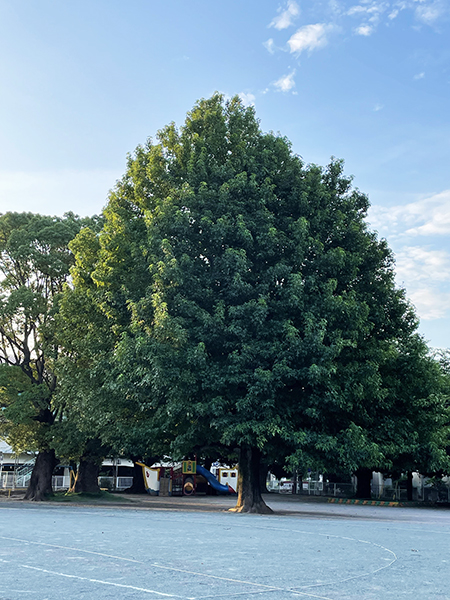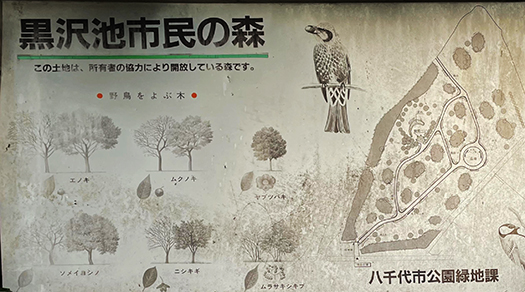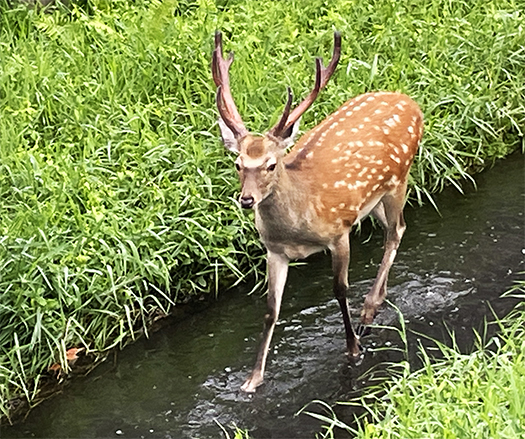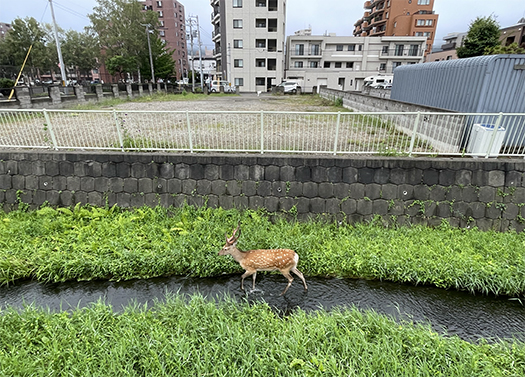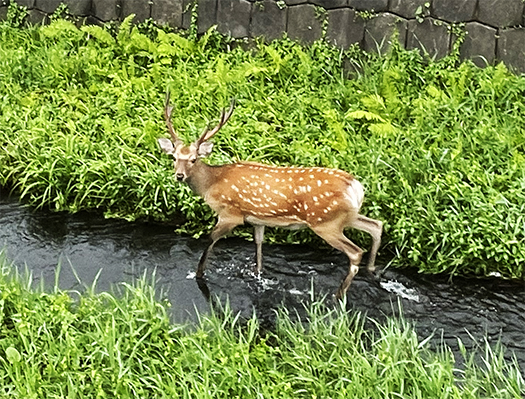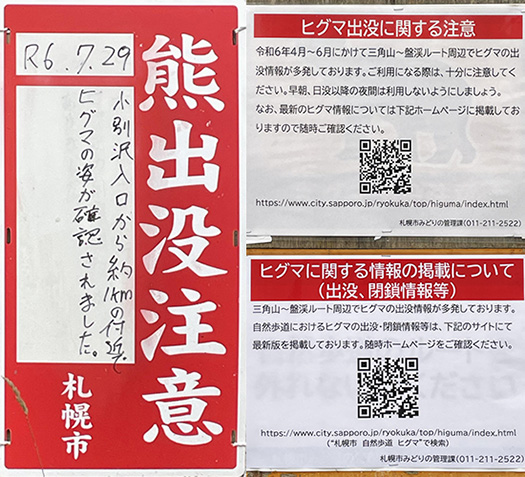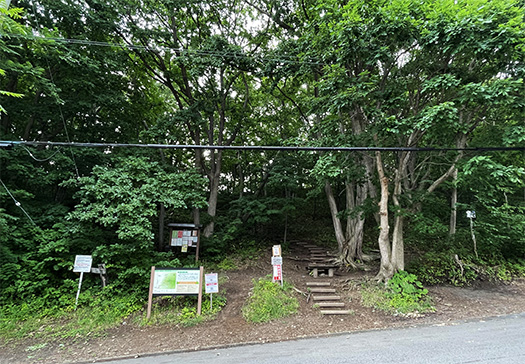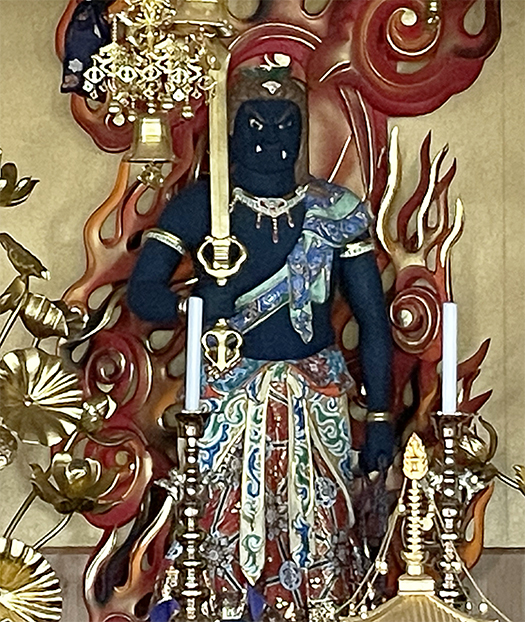
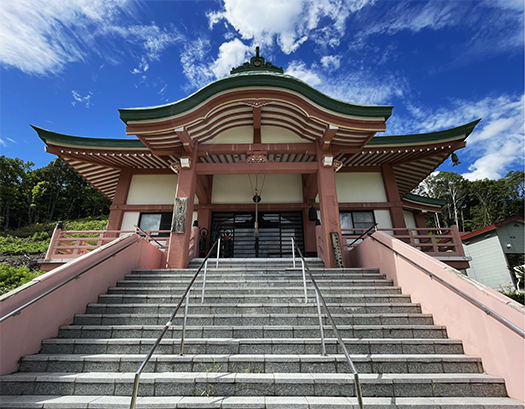
お盆の休み期間に入って、ことしは連休が続いていますね。だんだん加齢とともに自分自身のこととして身近になってくる。ということで、ときどきは参詣しているわが家の菩提寺参詣。小学校低学年ころ家族で、母親と次兄の3人でこの菩提寺に預かっていただいていた祖父と祖母の遺骨に詣っていたときの写真記録がある。そのときの空間の空気感を鮮明に覚えている。もう65年ほど以前の記憶。
お骨は骨壺に収められていて、父はふさわしい墓地をどこにするか決めかねていたのだと思う。わが家系は広島県福山市近郊の「今津」から北海道に移住してきた。祖父は移住にあたって自分がどこに永遠の住み処を求めるのか、明確ではなかったのだと思う。そして末子でありながら結果として祖父の遺骸を管理する「家長」としての役柄が自分に下ってきて、父はさて、その亡骸を広島県に埋めるか、それともはるかに移住してきた北海道の地に埋めるべきか、という決断に迫られたのだろう。
事実として、父の長兄・叔父の家はやがて福山に墓所を求めていくことになる。
やがて父は札幌市の里塚霊園に墓所をもとめてそこに祖父・祖母とともに自分の遺骨も納骨した。結局父はそのように祖父を「北海道に骨を埋める」結論を出したのだ。自分の遺骨は北海道でと一択だったことと、同時に両親の遺骨もいっしょに葬ってもらったのだ。残された母は、その父の意思に忠実に従った。
その墓所に納骨した日のことも記憶がある。
ときは巡って、わたしたち兄弟世代のそういう瞬間もやがてやってくる。で、わたし自身はその家系の家の末子として、自分自身のことはまた別に思案せねばならない。ときどきわたしたち夫婦でそんなことを話題にすることがある。カミさんの家もほぼ同様のことをやがて選択せねばならなくなる。
いま、北海道の住宅についての諮問会議に委員として参加しているけれど、自分自身の「行く末」自体も決めていかなければならないのだと思う。いま、人口減少期に入ってきてわたしたちの世代が管理しなければならない住宅は相当程度「複数」になってくる。それと似たようなテーマ構図が、人の世のNEXTの世界でも起こってきているのだと思う。
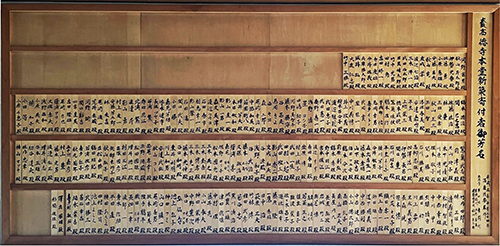
この寺は1993年にこの本堂を新築した。そのときの「芳名録」があって、うかつにもはじめてそれを見た。そこに30年以上前の自分の意思と名前を発見して、菩提寺というコトバが現実的に感じられた。
あ、こちらの寺院のご本尊は「不動明王」さま。密教特有の尊格である明王の一尊。大日如来の化身とも言われる。また、五大明王の中心となる明王でもある。 謹んで合掌。
English version⬇
The main deity of the temple, Fudo Myoo, is the Buddhist deity of the family temple.
Nobunaga is said to have said, “When you die, you have nothing. However, “Nobunaga’s Tomb” is located by the approach to the inner sanctuary of Koyasan where Kukai is laid to rest. Is this the truth of the Japanese people? …
We are now in the Obon vacation period, and things have been going on for consecutive holidays. As I age, I gradually become more and more familiar with the holiday as my own personal matter. So, I have been paying a visit to my family’s family temple from time to time. I have a photo record of the time when my mother, second brother, and I visited the remains of my grandfather and grandmother who were kept at the temple when I was in the early elementary school years. I vividly remember the atmosphere of that time. It was about 65 years ago.
The bones were in an urn, and I think my father was trying to decide where to place them in a suitable cemetery. My family had immigrated to Hokkaido from Imazu, near Fukuyama City, Hiroshima Prefecture. I think my grandfather was not clear about where he wanted his eternal home when he emigrated. As the youngest son, he was given the role of “patriarch” in charge of my grandfather’s remains, and my father was faced with the decision of whether to bury his remains in Hiroshima Prefecture or in Hokkaido, where he had moved far away from his family.
As a matter of fact, my father’s eldest brother and uncle’s family eventually sought a cemetery in Fukuyama.
Eventually, my father found a cemetery in the Satozuka Cemetery in Sapporo, where he buried his own remains as well as those of his grandfather and grandmother. In the end, my father concluded that my grandfather’s remains should be buried in Hokkaido. He had no other choice but to have his own remains buried in Hokkaido, and at the same time, his parents’ remains were buried there as well. My mother followed my father’s wishes to the letter.
I remember the day I laid their ashes in the cemetery.
Time goes by, and such a moment for my siblings’ generation will soon come. As the youngest child in the family, I have to think about my own life separately. Sometimes my wife and I talk about such things. My wife’s family will have to make a similar choice.
I am currently participating as a member of the Hokkaido Housing Advisory Council, but I think that I must also decide my own “future” as well. Now that we are entering a period of declining population, the number of houses that our generation will have to manage will be considerably “multiple”. I believe that a similar thematic composition is occurring in the NEXT world of the human world.
The temple built a new main building in 1993. The temple built a new main hall in 1993, and there was a “Houmeiroku” from that time, which I saw for the first time inadvertently. I found my name and my intention more than 30 years ago, and the word “Bodhidai-ji” seemed realistic to me.
The main deity of this temple is “Fudo Myoo,” a deity unique to esoteric Buddhism. He is one of the Myoo, a deity unique to esoteric Buddhism. He is said to be an incarnation of Dainichi Nyorai. He is also the central Myoo of the Five Great Myoo. We respectfully bow our hands in prayer.
Posted on 8月 13th, 2024 by 三木 奎吾
Filed under: 日本社会・文化研究 | No Comments »


